Welcome to the world of workforce analysis, where the power of data can transform your organisation. In today’s fast-paced and ever-changing business landscape, understanding your workforce is crucial for success. With the right tools and techniques, you can gain valuable insights into your employees’ skills, capabilities, and potential.
This blog explores the significance of data-driven workforce analysis and how it can revolutionize your organization, helping you make informed decisions and drive sustainable growth. So, buckle up and get ready to unlock the hidden potential of your workforce with the power of data!
Understanding Workforce Analysis
Workforce analysis is a powerful tool that allows organizations to collect and analyze data about their workforce, providing valuable insights into its composition, capabilities, and performance. By conducting workforce analysis, organizations can identify skill gaps and areas where additional training or recruitment may be needed.
This data-driven approach enables organizations to make informed decisions about workforce planning and determine the effectiveness of their talent management strategies. With the power of data provided by workforce analysis, organizations can optimize their human resources and drive better business outcomes.
The ability to understand and leverage workforce data is becoming increasingly important in today’s competitive business landscape. Organizations that embrace workforce analysis are better equipped to adapt to changing market conditions, attract and retain top talent, and achieve their strategic objectives. By harnessing the power of data, organizations can transform their workforce and unlock their full potential.
What is workforce analysis?
Workforce analysis is a systematic approach to examining an organization’s current workforce in terms of its demographics, skills, performance, and potential. It involves gathering and analyzing data related to employee profiles, job roles, compensation, turnover rates, and other relevant factors.
The goal of workforce analysis is to gain insights that can inform strategic decisions related to talent acquisition, development, retention, and succession planning. By understanding the composition and capabilities of the workforce through analysis, organizations can align their human resources with their business objectives effectively.
Also Read: Project Management Software for Your Small Business
This data-driven approach allows organizations to make informed decisions about workforce planning and determine the effectiveness of their talent management strategies. By harnessing the power of data, organizations can optimize their human resources and drive better business outcomes.
Why is workforce analysis important for small business?
Workforce analysis is a powerful tool that goes beyond just understanding the current state of an organization’s workforce. It also helps organizations anticipate future talent needs based on current trends and projections. By analyzing key data points, organizations can gain a comprehensive view of their strengths and weaknesses in terms of their human resources.
This allows them to identify skill gaps early on and proactively address them through targeted training programs or recruitment efforts. Moreover, workforce analysis enables organizations to assess the impact of various factors such as diversity initiatives or changes in industry regulations on their workforce, providing valuable insights for talent management strategies and overall organizational success.
The power of data provided by workforce analysis truly transforms organizations, allowing them to make informed decisions and stay ahead in today’s competitive business landscape.
Benefits of Workforce Analysis
Workforce analysis plays a crucial role in helping organizations identify skill gaps and training needs within their workforce. By analyzing the current composition of the workforce, organizations can gain insights into the skills and competencies of their employees.
Also Read: How RisePath’s Free Project Management Tool Streamlines Workflows
This information enables them to develop targeted training programs that address specific areas of improvement. It also allows organizations to optimize their workforce planning and resource allocation, ensuring that they have the right people in the right roles.
Additionally, workforce analysis helps organizations make informed decisions about recruitment, retention, and succession planning by providing a deeper understanding of their talent pool. With these valuable insights, organizations can take proactive measures to bridge skill gaps and enhance the overall performance of their workforce.
Identifying skill gaps and training needs
One of the key benefits of workforce analysis is its ability to identify skill gaps within an organization. By analyzing current employee skills and comparing them to desired skill sets, organizations can determine which areas need improvement through training or hiring.
This data-driven approach ensures that organizations are able to strategically address skill gaps and align their workforce with evolving business needs. Workforce analysis provides valuable insights that enable organizations to make informed decisions about talent development and resource allocation, ultimately driving better business outcomes.
Optimizing workforce planning and resource allocation
Workforce analysis is a powerful tool that optimizes workforce planning by providing valuable insights into various factors that impact staffing needs. By analyzing employee demographics, turnover rates, retirement projections, and other relevant data, organizations can anticipate future talent requirements and make informed decisions.
Moreover, workforce analysis enables efficient resource allocation by analyzing workload data alongside employee capacity. This ensures that workloads are balanced across teams or departments, leading to increased productivity. Another benefit of workforce analysis is the identification of areas with excess resources or underutilized talent. By reallocating resources strategically, organizations can maximize productivity and minimize costs.
Additionally, understanding the skills and competencies of the workforce through analysis allows organizations to make informed decisions about training, hiring, and succession planning. This ensures that the right people are in the right roles at the right time, leading to improved organizational performance.
Key Components of Workforce Analysis
One key component of workforce analysis is collecting and analyzing employee data. This involves gathering relevant information about employees such as demographics, skills, performance, and engagement levels. By examining this data, organizations can gain valuable insights into the strengths and weaknesses of their workforce, allowing them to make informed decisions about talent management and resource allocation.
Another important component is identifying trends and patterns within the employee data. This can include recognizing patterns in turnover rates, skill gaps, or employee satisfaction levels. By understanding these trends, organizations can proactively address issues and implement targeted interventions. Workforce analysis also involves making data-driven decisions based on the insights gained from the analysis.
This means using the collected data to inform strategic decisions related to recruitment, training, talent management, and organizational development. By harnessing the power of data, organizations can optimize their workforce and drive better business outcomes.
Lastly, effective workforce analysis requires regular monitoring and evaluation of the analyzed data to ensure ongoing improvements and adjustments to HR strategies. By continuously monitoring the workforce data, organizations can identify emerging trends, adapt to changing needs, and foster a culture of continuous improvement. Through regular evaluation and refinement, organizations can unlock the full potential of their workforce and create a competitive advantage in the market.
Collecting and analyzing employee data
Collecting employee data is a crucial step in workforce analysis. This involves gathering information through surveys, interviews, performance evaluations, and HRIS systems. By collecting a wide range of data points, organizations can gain a comprehensive understanding of their workforce composition.
Once the data has been collected, the next step is to analyze it. This entails examining the collected information for patterns, correlations, and insights that can inform decision-making processes. Organizations can utilize statistical techniques such as regression analysis or data visualization tools to identify relationships between variables.
The ultimate goal of analyzing employee data is to gain valuable insights that can help identify areas for improvement or intervention within the organization. This data-driven approach ensures that organizations can make informed decisions that lead to better overall workforce performance.
Identifying trends and patterns
Identifying trends and patterns within the employee data is a crucial step in workforce analysis. By analyzing historical data over time, organizations can uncover recurring themes or fluctuations that impact their workforce dynamics. This allows companies to proactively address issues such as high turnover rates or skill gaps before they become significant challenges.
Moreover, recognizing positive trends can help organizations leverage their strengths, leading to increased productivity and success. By harnessing the power of data, organizations can gain valuable insights that enable them to make informed decisions and drive better business outcomes.
Making data-driven decisions
Making data-driven decisions involves using the insights gained from analyzing employee data to inform strategic actions. By examining the data collected through surveys, interviews, and performance evaluations, organizations can make informed choices based on concrete evidence and trends. This approach eliminates the need to rely on assumptions or gut feelings, leading to more effective decision-making.
Data-driven decision-making can improve processes, optimize resource allocation, and maximize employee performance and satisfaction. Moreover, it enhances transparency and accountability within the organization, as decisions are based on objective evidence rather than personal biases. This ultimately results in better overall organizational performance.
Implementing Workforce Analysis in Your Organization
Workforce analysis is a powerful tool that can provide valuable insights into your organization’s current and future workforce needs. By analyzing data on employee skills, experience, and performance, you can identify skill gaps and make informed decisions about recruitment and training strategies. Implementing a systematic data collection process is crucial for accurate and reliable workforce analysis.
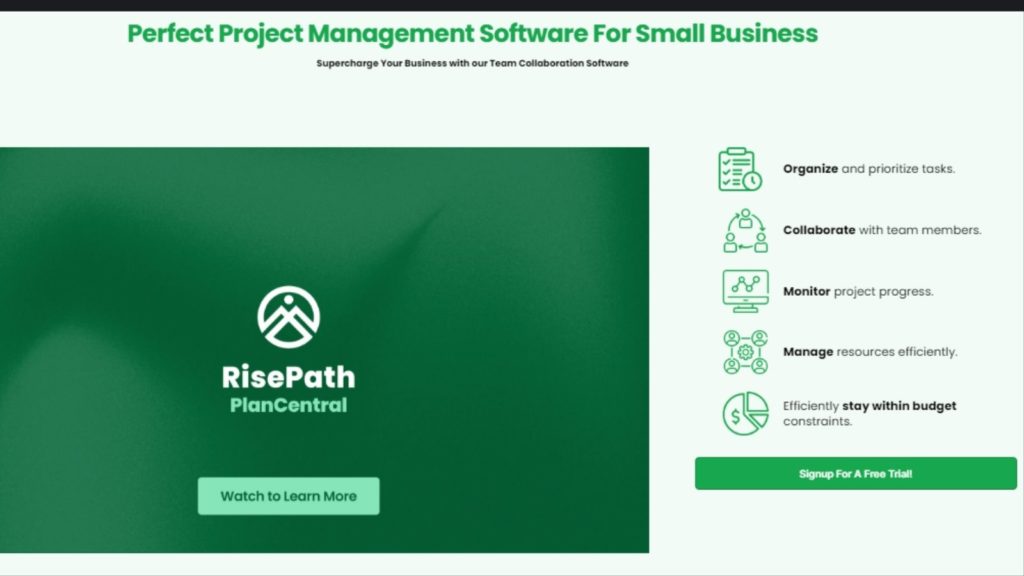
This ensures that the data gathered is comprehensive and representative of the entire organization. By aligning your organization’s workforce with its strategic goals, workforce analysis can drive improved productivity and efficiency. This enables you to optimize your workforce and allocate resources effectively, leading to better business outcomes.
Establishing data collection processes
To establish effective data collection processes for workforce analysis, it is important to begin by identifying the key data points that align with your organization’s goals. This involves determining the specific information that will be relevant and useful in analyzing your workforce.
Once these data points have been identified, the next step is to design a data collection system that ensures the accuracy, security, and privacy of the employee data. This system should be robust and comprehensive, capturing all the necessary information while also protecting sensitive employee information.
Also Read: How Relevant is Performance Bell Curve for Performance Review in 2023
Additionally, it is crucial to regularly review and update your data collection processes to adapt to changing business needs and technological advancements. This ensures that your data remains relevant and reliable over time.
Lastly, data validation and cleaning are essential steps in ensuring the quality of your collected workforce data. By conducting thorough checks and removing any errors or inconsistencies, you can ensure that the analysis is based on accurate and reliable information.
Training staff on data analysis tools
To harness the power of data and transform your organization through workforce analysis, it is crucial to provide comprehensive training programs that equip your staff with the necessary skills. These programs should focus on teaching employees how to effectively analyze workforce data and draw valuable insights from it.
In addition to theoretical knowledge, offering hands-on practice sessions using popular data analysis tools such as Excel or specialized software like Tableau or Power BI can enhance their practical understanding and abilities.
Furthermore, encouraging ongoing professional development opportunities for your staff ensures that they stay updated with the latest trends and techniques in workforce analysis. This continuous learning approach keeps your organization at the forefront of data-driven decision-making.
By promoting a culture that values and emphasizes making decisions based on data, your organization can create a powerful force that drives growth and success. Implementing training initiatives that emphasize data-driven decision-making helps align the entire workforce towards the common goal of using data strategically to achieve better outcomes.
Integrating workforce analysis into strategic planning
Including workforce analysis as a critical component in your organization’s strategic planning process is essential for informed decision-making. By utilizing the insights gained from workforce analysis, you can make informed decisions related to organizational structure, talent acquisition, succession planning, and performance management.
It is crucial to collaborate with HR professionals, managers, and other stakeholders to seamlessly integrate workforce analysis into strategic planning discussions.
Additionally, regularly reviewing the outcomes of workforce analysis during strategic planning reviews ensures continuous improvement and alignment with organizational goals. By incorporating workforce analysis into your strategic planning, you can drive positive change and achieve better outcomes for your organization.
Implementing Effective Succession Planning
Data analysis is a powerful tool that can play a crucial role in identifying key positions within an organization and potential succession candidates. By analyzing workforce data, organizations can proactively identify skill gaps and develop training programs to create development plans for future leaders. This data-backed approach helps in mitigating the risks of leadership gaps by identifying potential successors and planning for their development.
Ultimately, by leveraging the power of data analysis, organizations can ensure smooth transitions and effectively nurture a pipeline of talented leaders.
Identifying Key Positions and Succession Candidates
Identifying key positions within an organization goes beyond simply looking at job titles. It requires a comprehensive analysis of various factors such as job responsibilities, impact on business goals, and the criticality of the position. By analyzing these factors using data-driven approaches, organizations can identify potential succession candidates.
Also Read: Why Small business need Project Scheduling Software
This involves assessing their performance, skills, abilities, and potential for growth. In addition to individual assessment, analyzing workforce demographics and performance metrics can also help identify high-potential employees who are suitable for succession planning.
By conducting thorough workforce analysis, organizations can pinpoint individuals who possess the necessary competencies and experience to fill key positions in the future. This proactive approach ensures a seamless transition of leadership and paves the way for sustainable organizational growth.
Creating Development Plans for Future Leaders
Developing future leaders requires a personalized approach that takes into account individual strengths, weaknesses, and career aspirations. Through data analysis, organizations can identify skill gaps among potential leaders and create targeted training programs to bridge those gaps.
By leveraging the power of workforce analytics, organizations can align development plans with strategic objectives, ensuring that future leaders possess the necessary skills to drive success.
Additionally, data-driven insights enable organizations to identify emerging talent within their workforce and provide them with growth opportunities and advancement. This holistic approach not only nurtures future leaders but also strengthens the organization as a whole.
Mitigating Risks of Leadership Gaps with Data-Backed Strategies
Analyzing historical workforce data can be a game-changer for organizations, as it allows them to predict potential leadership gaps in advance. By examining past data and trends, organizations can identify positions that may be at risk and require immediate attention in terms of succession planning.
Additionally, by analyzing turnover rates and retirement trends, organizations can anticipate leadership vacancies and develop contingency plans to minimize any disruption. This proactive approach not only ensures a smooth transition but also provides organizations with valuable insights into the readiness of potential successors.
By identifying any gaps in leadership skills or experience, organizations can take proactive measures to address them and ensure a strong pipeline of talent for the future.
The Future of Workforce Analysis
In today’s rapidly changing business landscape, workforce analysis is becoming increasingly important. With advancements in technology, organizations are now able to gather and analyze workforce data more efficiently than ever before.
By delving into this data, organizations can make informed decisions regarding recruitment, training, and talent management.
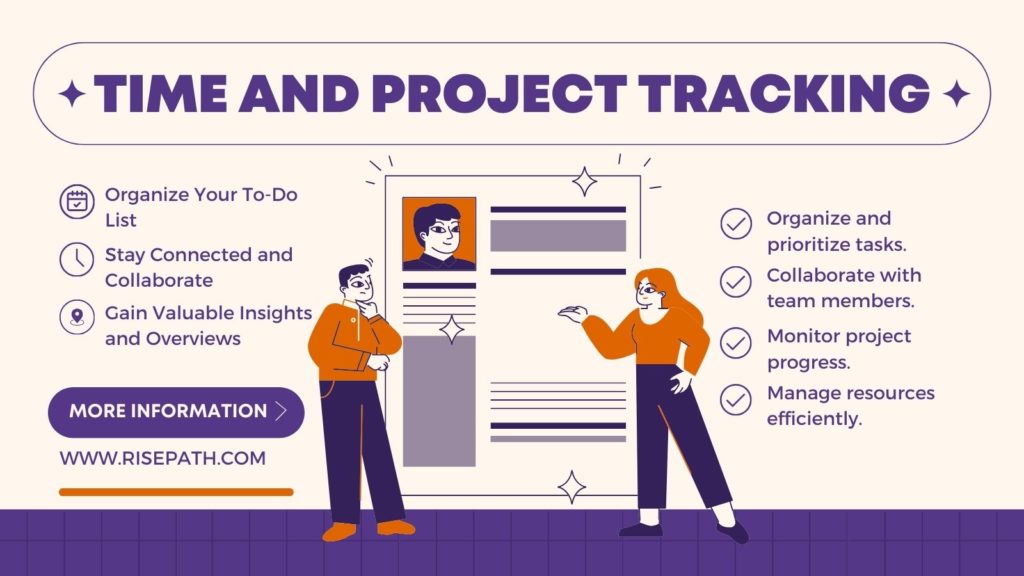
However, the future of workforce analysis goes even further. It lies in leveraging artificial intelligence and machine learning algorithms to predict future workforce needs. This cutting-edge approach holds immense potential for organizations to stay ahead of the curve and effectively plan for the ever-evolving demands of the workforce.
Emerging trends and technologies in workforce analysis
Predictive analytics is revolutionizing workforce analysis, as organizations are now able to anticipate their future talent needs. This emerging trend allows HR professionals to leverage advanced data analysis techniques to forecast the skills and capabilities that will be required in the coming years.
Moreover, the increasing sophistication of data visualization tools enables organizations to extract valuable insights from complex workforce data. The visuals and interactive dashboards provided by these tools make it easier for HR professionals to understand and communicate the implications of their findings.
Also Read: Creating a Engaged Remote Team Building
Additionally, the use of natural language processing (NLP) is gaining momentum in workforce analysis. This technology enables organizations to extract meaningful information from unstructured HR data, such as employee feedback and performance reviews. As a result, organizations can gain deeper insights into employee sentiment and make data-driven decisions.
Furthermore, workforce planning software is evolving to offer real-time analytics and predictive modeling capabilities. With these advancements, organizations can have access to up-to-date workforce data and make proactive decisions based on predictive models. This allows them to optimize their workforce planning and resource allocation, ultimately leading to improved organizational performance.
Implications for organizational success and competitiveness
Organizations that effectively utilize workforce analysis are better positioned to attract top talent and retain high-performing employees. By identifying skill gaps and investing in targeted training programs, organizations can enhance their employees’ skills and improve overall productivity.
Workforce analysis enables organizations to align their talent strategies with their business goals, leading to improved performance and competitive advantage. With the power of data-driven insights, organizations can optimize resource allocation, reduce costs, and increase operational efficiency. This strategic approach not only maximizes the potential of their workforce but also drives long-term success for the organization.
Conclusion
In conclusion, workforce analysis is a powerful tool that can transform organizations by providing data-driven insights and strategies. By identifying skill gaps and training needs, organizations can invest in targeted training programs to enhance the skills and productivity of their employees. Additionally, by optimizing workforce planning and resource allocation, organizations can improve operational efficiency and reduce costs.
Key components of workforce analysis include collecting and analyzing employee data, identifying trends and patterns, and making data-driven decisions. By establishing data collection processes, training staff on data analysis tools, and integrating workforce analysis into strategic planning, organizations can effectively implement workforce analysis in their operations.
Furthermore, effective succession planning is crucial for organizations to ensure a smooth transition and develop a strong pipeline of future leaders. By identifying key positions and succession candidates, as well as creating development plans for future leaders, organizations can proactively address leadership gaps and ensure the readiness of potential successors.
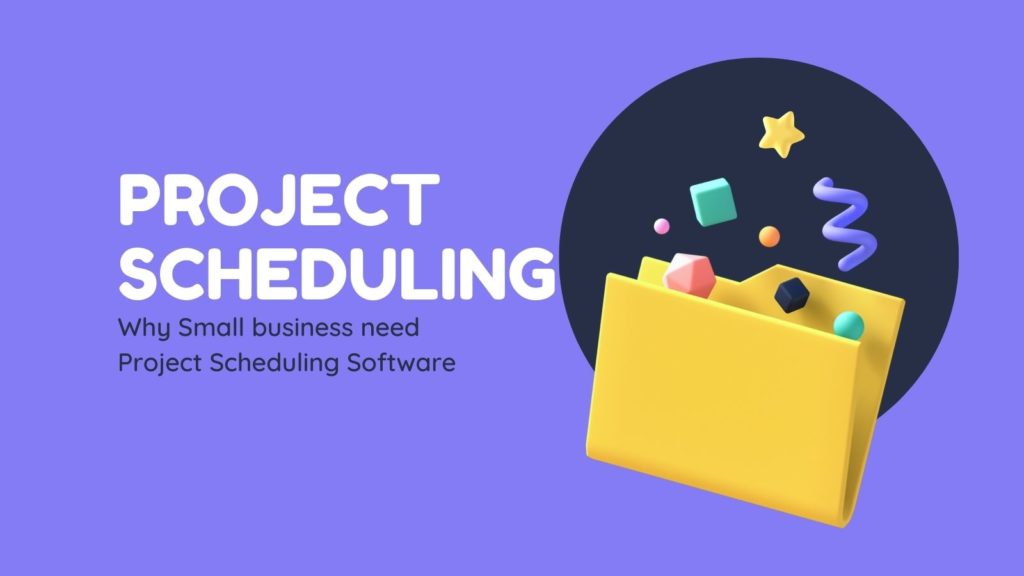
The future of workforce analysis lies in leveraging emerging trends and technologies such as predictive analytics, data visualization tools, natural language processing, and workforce planning software.
These advancements enable organizations to anticipate future talent needs, extract valuable insights from complex workforce data, and make proactive decisions based on predictive models. Organizations that effectively utilize workforce analysis are better positioned to attract top talent, retain high-performing employees, and achieve competitive advantage.
By aligning talent strategies with business goals and optimizing resource allocation, organizations can drive long-term success and improve overall performance. The power of data-driven insights empowers organizations to make informed decisions and adapt to the ever-evolving demands of the workforce.
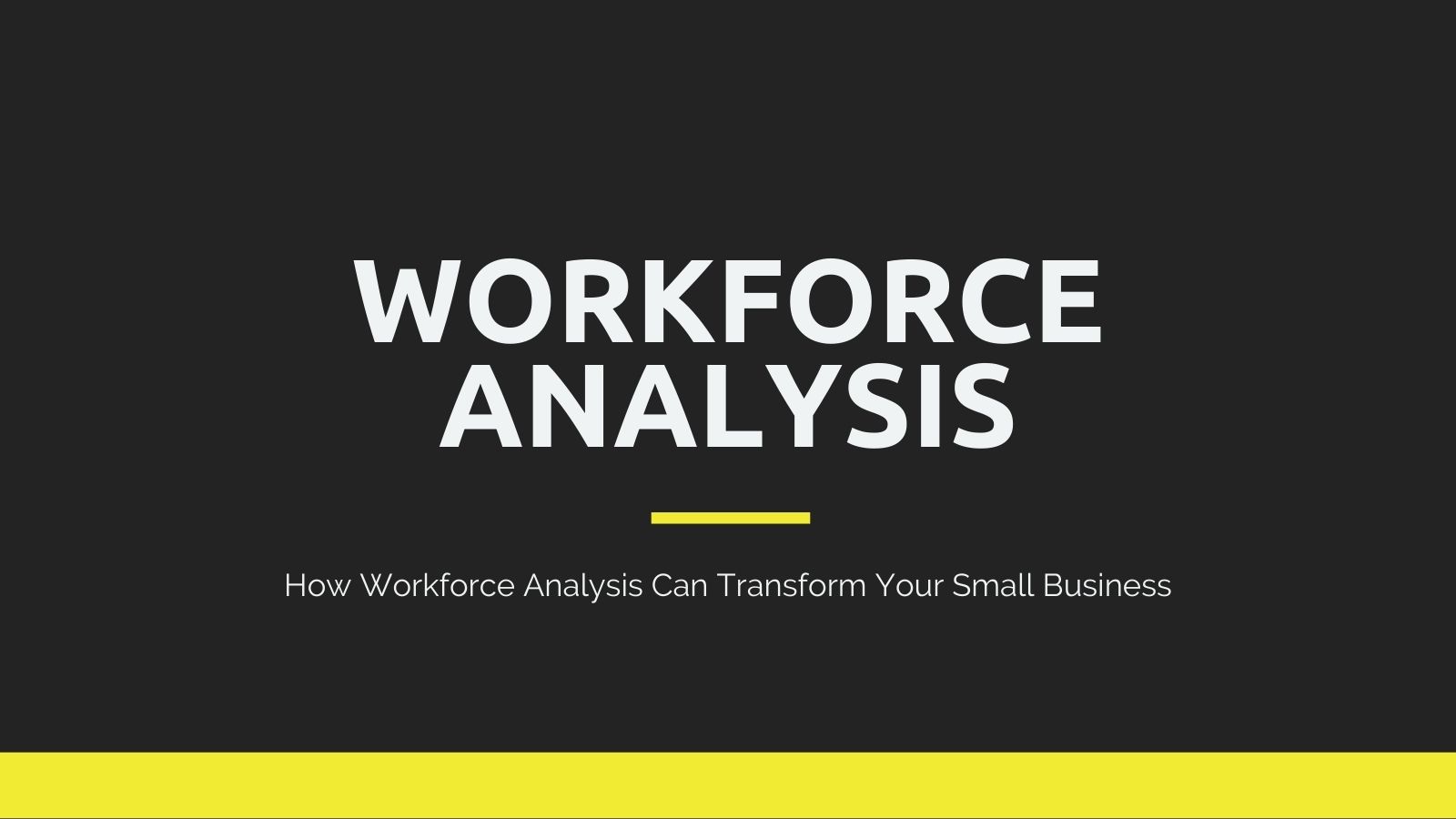
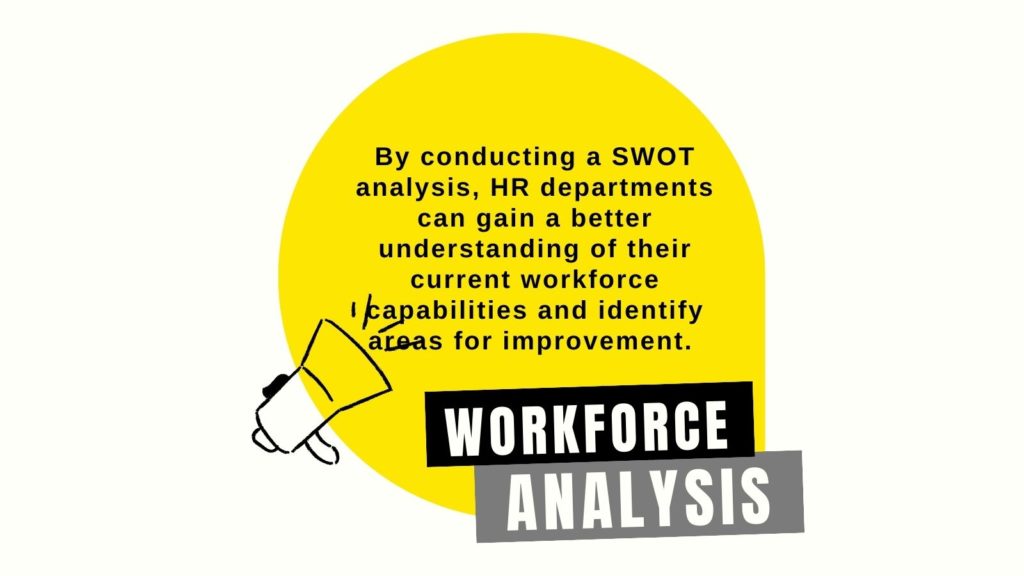
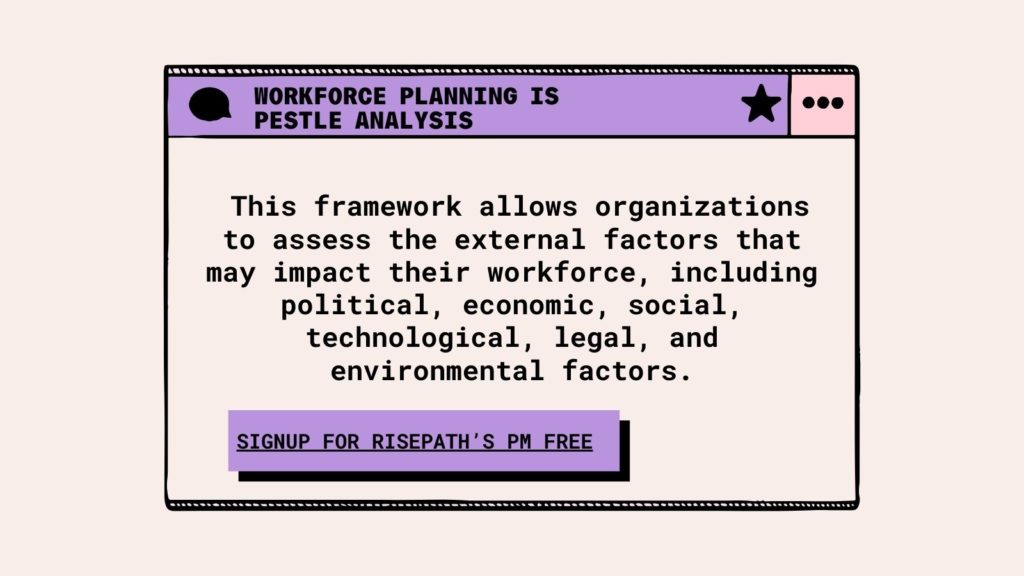
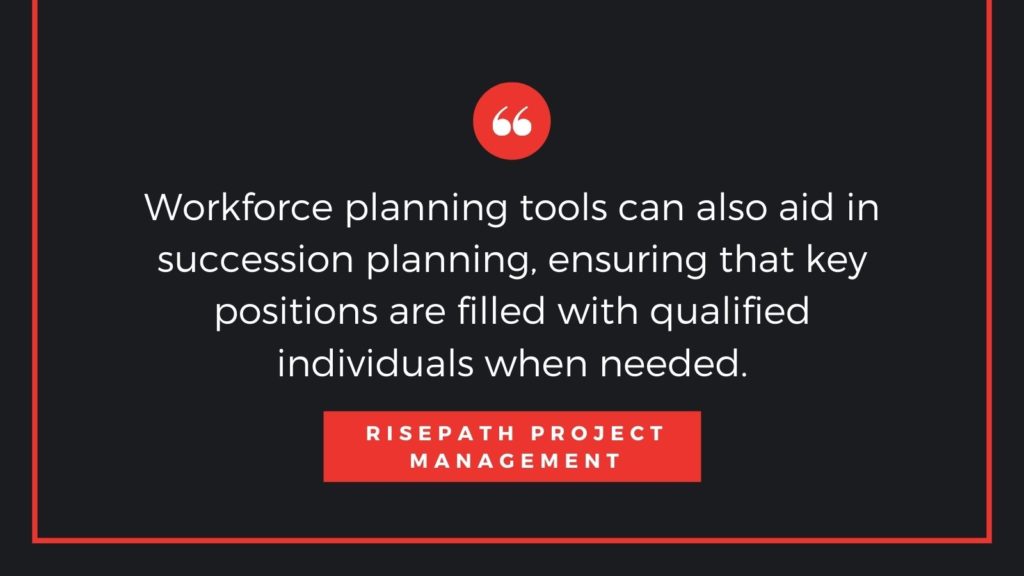
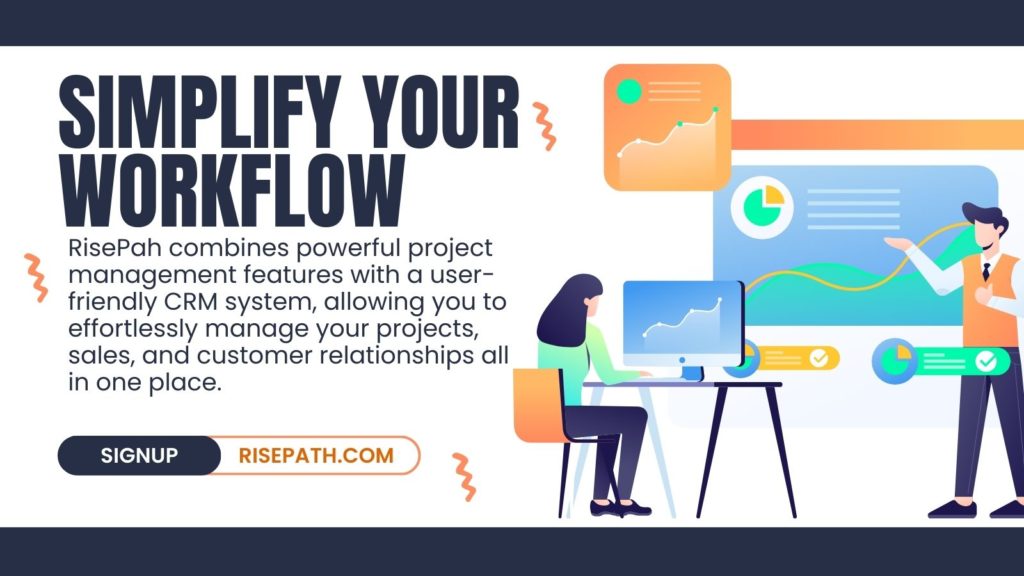
Comments are closed, but trackbacks and pingbacks are open.